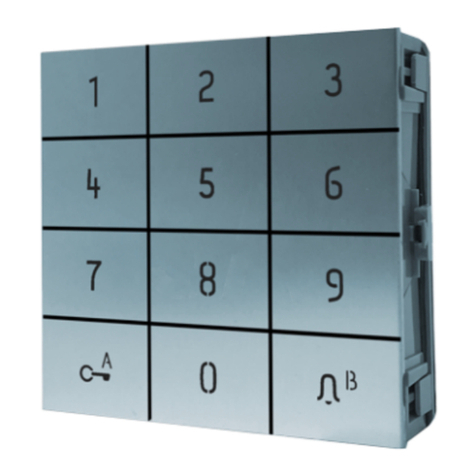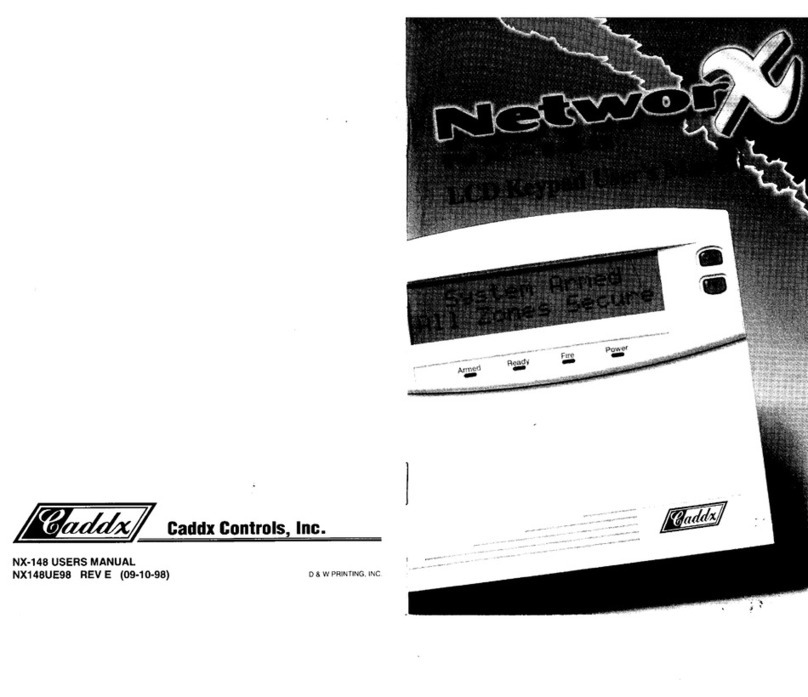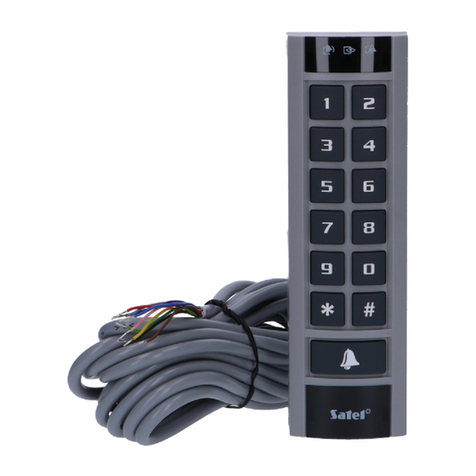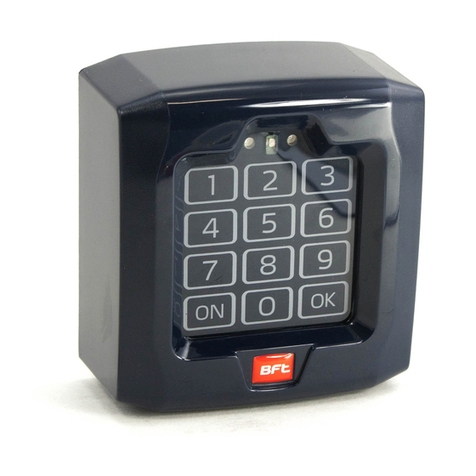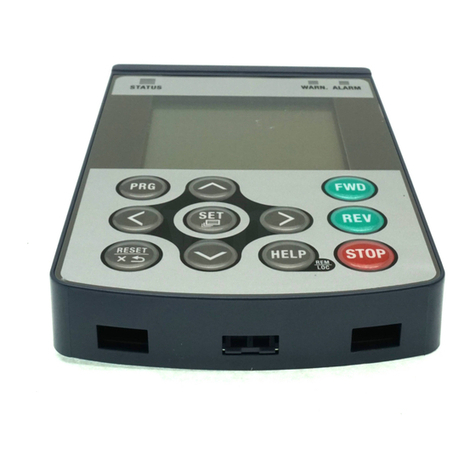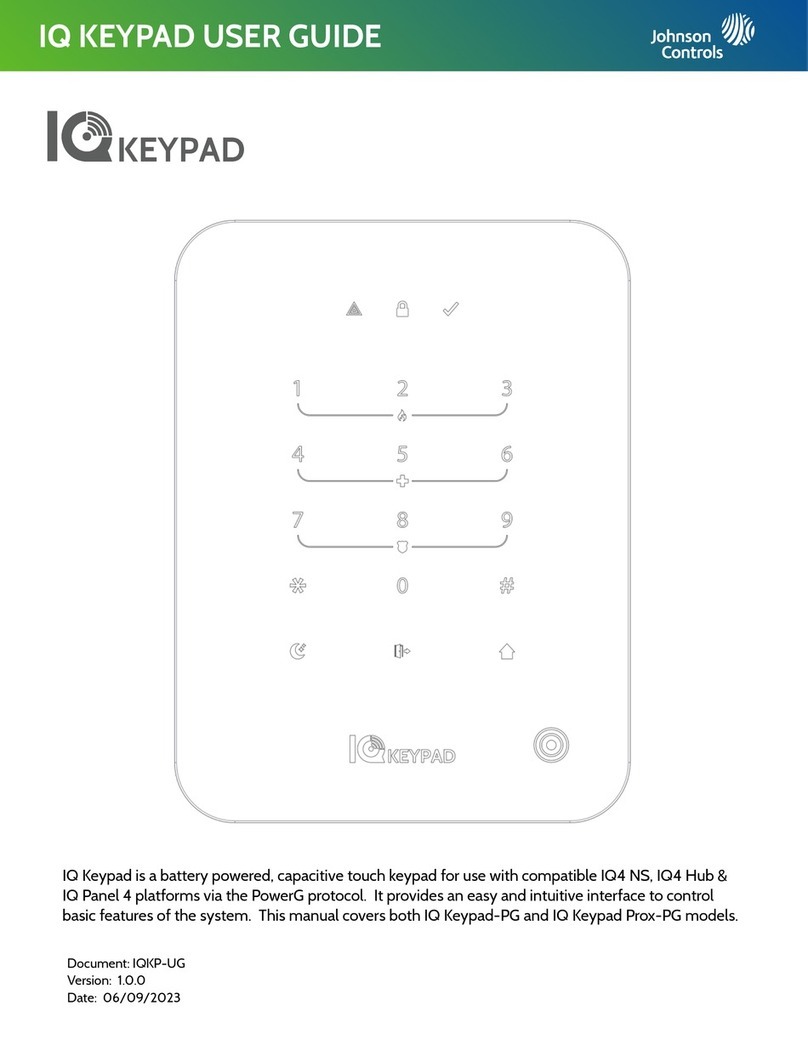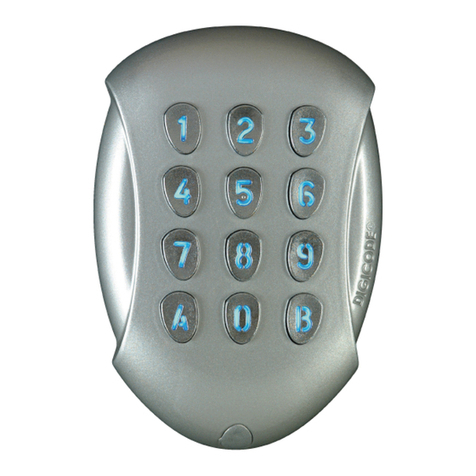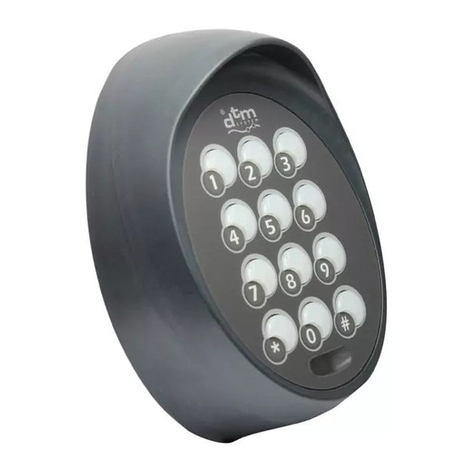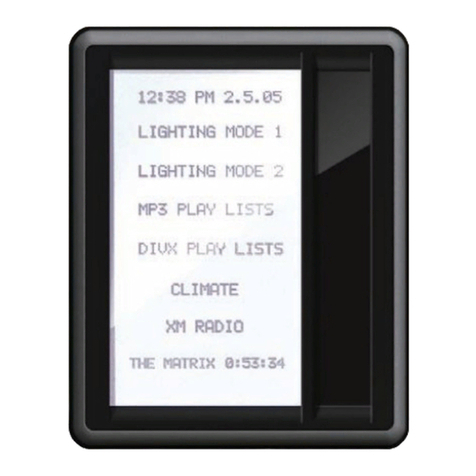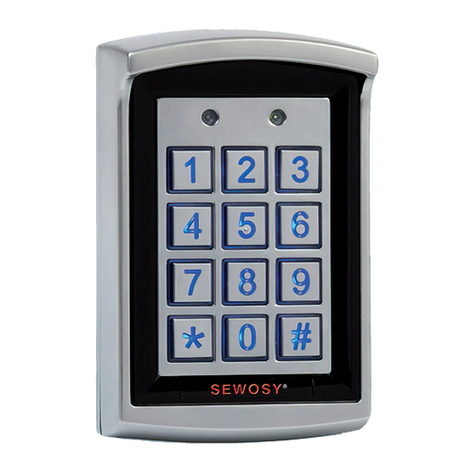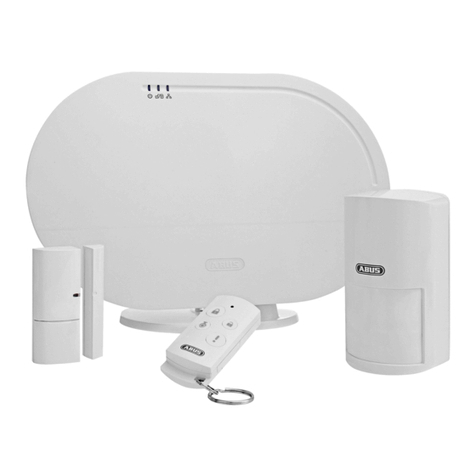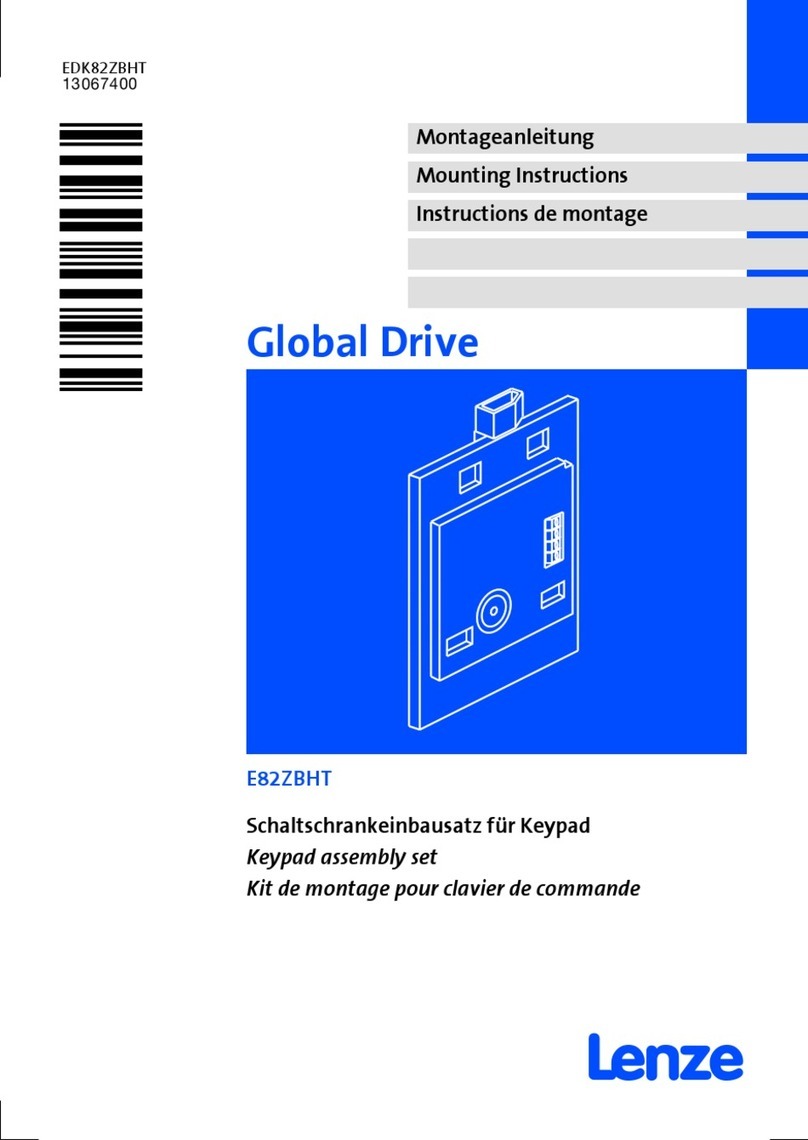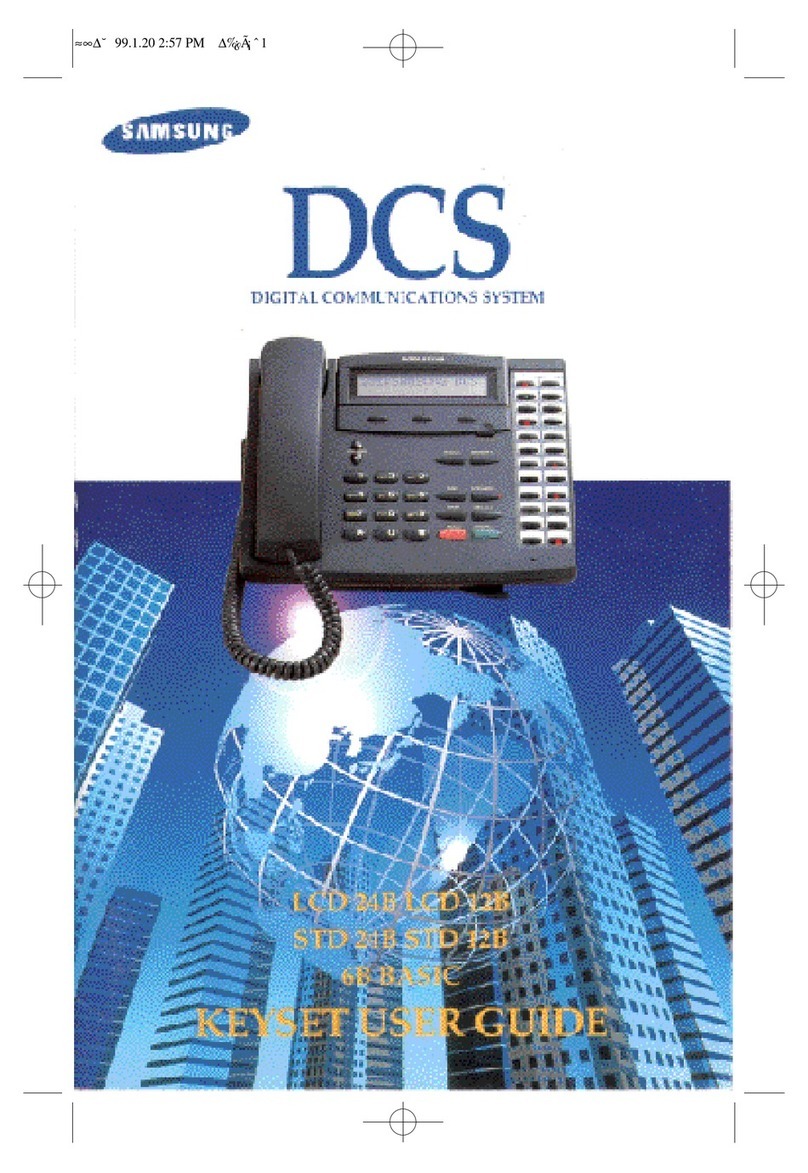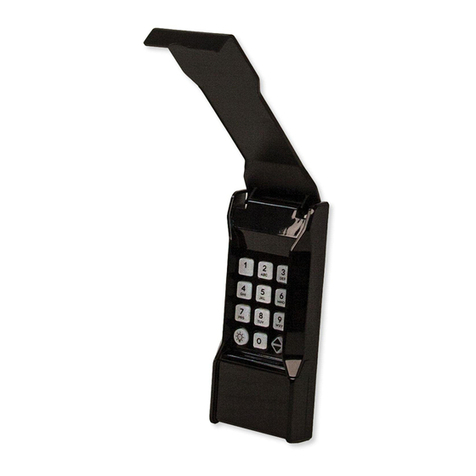First Data FD-10 User manual

FD-10 PIN Pad
Quick Set-Up Guide

2
Thanks for choosing
a First Data™ FD-10 PIN Pad.
Before starting
On the top of the FD-10 PIN Pad is a 4-pin jack (similar to a phone
jack) for power and communication with a PC or terminal.
For PC connection, a cable with an RJ11 (similar to a phone
connector) on one end and a DB-9 female connector on the
other end is required. It also has a power cable.
For terminal connection, only an RJ11 to RJ12 offset cable is required.
PIN Pad Input voltage: 7.5Vdc ~ 12Vdc/200mA
Operating Temperature: 0°C ~ 40°C
Note: Turn off or unplug the terminal whenever you connect or disconnect the PIN Pad.
Be sure the terminal is not processing data when powering down.
Note: This product is intended to be supplied by a Listed Power Unit marked with “LPS”,
“Limited Power Source” or “Class 2” and output rated 7.5–12Vdc, 200mA minimum, or
equivalent if a power unit is not provided with the product.
Connecting the device
To connect the PIN Pad to a PC:
First, plug the RJ11 (phone) connector into the jack of the FD-10
unit until a “click” sound is heard.
Plug the DB-9 female connector into the serial port on the side
of the PC. Plug the power cord into the other port located at
the rear of the DB-9 connector. Plug the power adapter into an
AC wall outlet.
To connect the PIN Pad to a terminal:
Plug the RJ11 (phone) connector into the PIN Pad. Plug the RJ12
offset connector into a COM port on the side of the terminal.
Getting ready
If the PIN Pad is properly encrypted, the unit automatically starts
up when connected. The FD-10 device displays the message
READY FOR SALE. This device is now ready for use.

3
Testing transaction
A test transaction should be performed upon installation to ensure
trouble-free operation of the PIN Pad.
Using a live ATM card, execute a transaction for one cent utilizing
ATM/debit sale as outlined in the processing device manual.
Note: This is a live transaction and the checking or savings account will be debited for
one cent. Also, remember to assure the security of the cardholder’s PIN.
Using the PIN Pad
To complete a transaction, the PIN Pad device displays the
following prompt: ENTER PIN. Key in your PIN and press [ENTER].
The device returns to the READY message after it successfully
receives the PIN entry.
Note: If the PIN is entered incorrectly, press [CANCEL] and re-enter it.
Cleaning
Periodically clean the PIN Pad device with a clean cloth dampened
with water and a mild soap or cleaner. Do not use harsh chemicals.
Maintenance
Stringent quality-control standards are followed in manufacturing
all PIN Pad devices. Numerous tests are performed on each unit
before leaving the factory to ensure quality and reliability.
Caution: Risk of explosion if the battery is replaced by an incorrect type. Please dispose
of the used battery according to local regulations.
Note: Do not try to service, repair or adjust the PIN Pad device in any other way; doing so
will void your warranty.
Returning the FD-10 PIN Pad
If you need to return your PIN Pad device for service or replacement,
contact your service provider or sales representative for instructions.
Warning: A shielded-type power cord is required in order to meet FCC emission limits
and also to prevent interference with nearby radio and television reception. Use only the
power cord supplied.
Caution: Use only shielded signal cables to connect I/O devices to this equipment.
Changes or modifications not expressly approved by the party responsible for compliance
could void your authority to operate the equipment.

© 2011 First Data Corporation. All Rights Reserved.
FD-SUG-FD10-0111
FCC STATEMENT
This equipment has been tested and found to comply with the limits for a Class A
digital device, pursuant to part 15 of the FCC Rules. These limits are designed to provide
reasonable protection against harmful interference when the equipment is operated
in a commercial environment. This equipment generates, uses, and can radiate radio
frequency energy and, if not installed and used in accordance with the instruction
manual, may cause harmful interference to radio communications.
Operation of this equipment in a residential area is likely to cause harmful interference,
in which case the user will be required to correct the interference at his own expense.
This device complies with Part 15 of the FCC Rules. Operation is subject to the following
two conditions: (1) this device may not cause harmful interference, and (2) this device
must accept any interference received, including interference that may cause undesired
operation.
Table of contents
